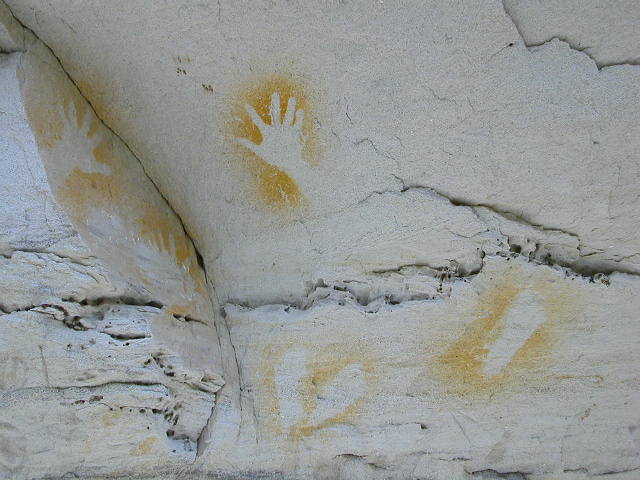 ++Aboriginal Rock Paintings++ ++Aboriginal Rock Paintings++ |
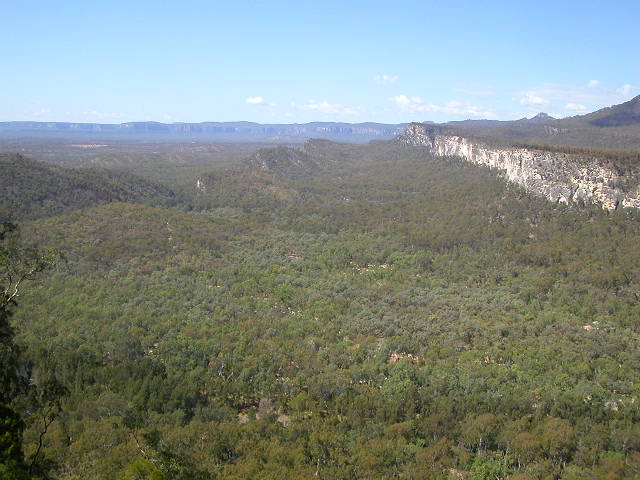 ++Carnavon Gorge QLD++ ++Carnavon Gorge QLD++ |
 ++Katoomba NSW++ ++Katoomba NSW++ |
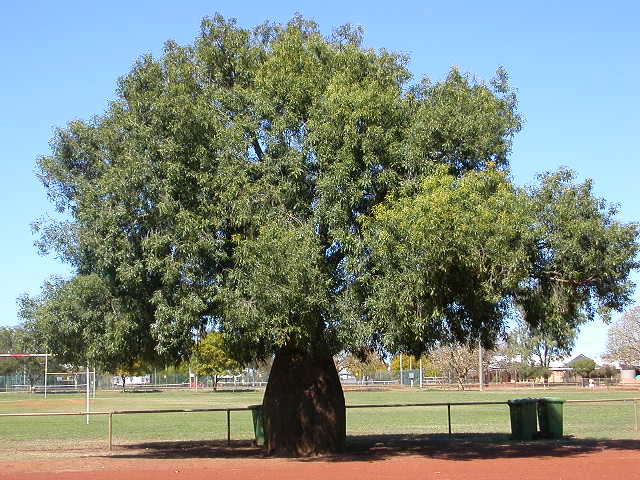 ++Roma QLD++ ++Roma QLD++ |
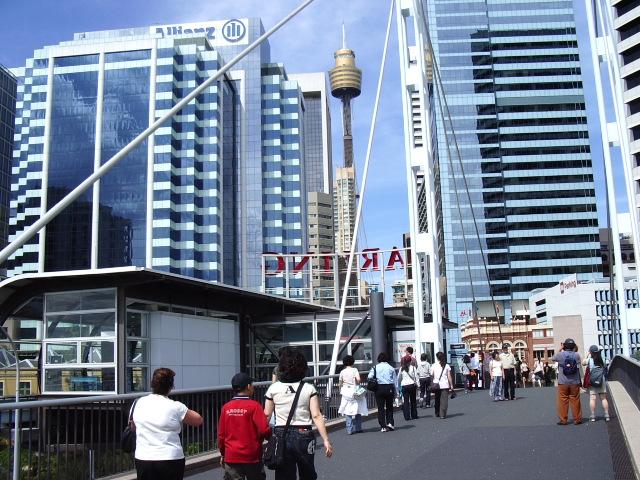 ++Sydney City Center++ ++Sydney City Center++ |
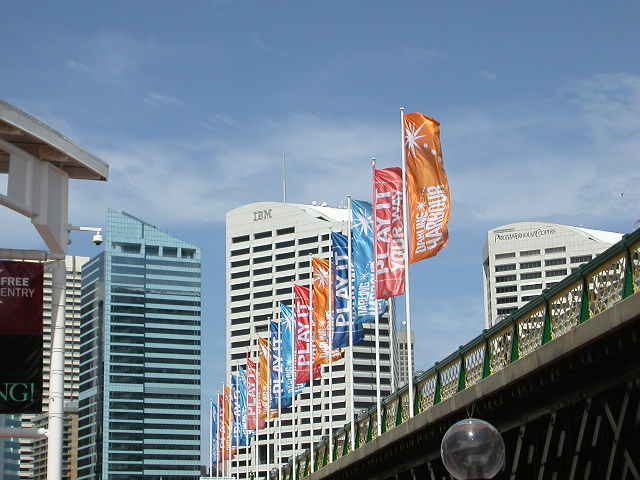 ++Sydney's Darling Harbour++ ++Sydney's Darling Harbour++ |
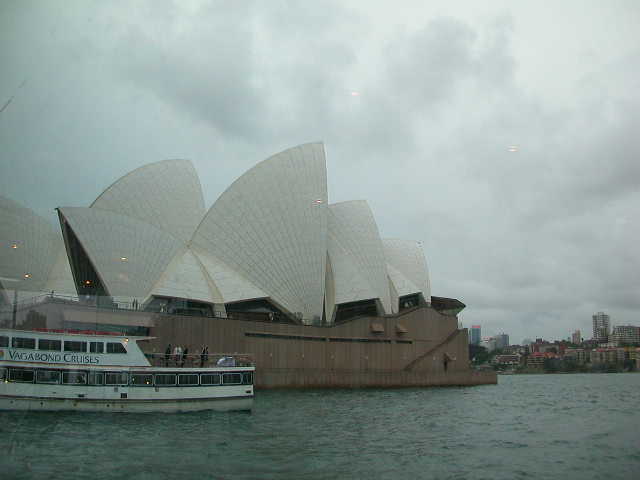 ++Sydney Opera House++ ++Sydney Opera House++ |
 ++Aboriginal Rock Paintings++ ++Aboriginal Rock Paintings++ |
 ++Carnavon Gorge QLD++ ++Carnavon Gorge QLD++ |
 ++Katoomba NSW++ ++Katoomba NSW++ |
 ++Roma QLD++ ++Roma QLD++ |
 ++Sydney City Center++ ++Sydney City Center++ |
 ++Sydney's Darling Harbour++ ++Sydney's Darling Harbour++ |
 ++Sydney Opera House++ ++Sydney Opera House++ |
 | 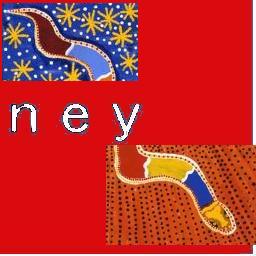 | 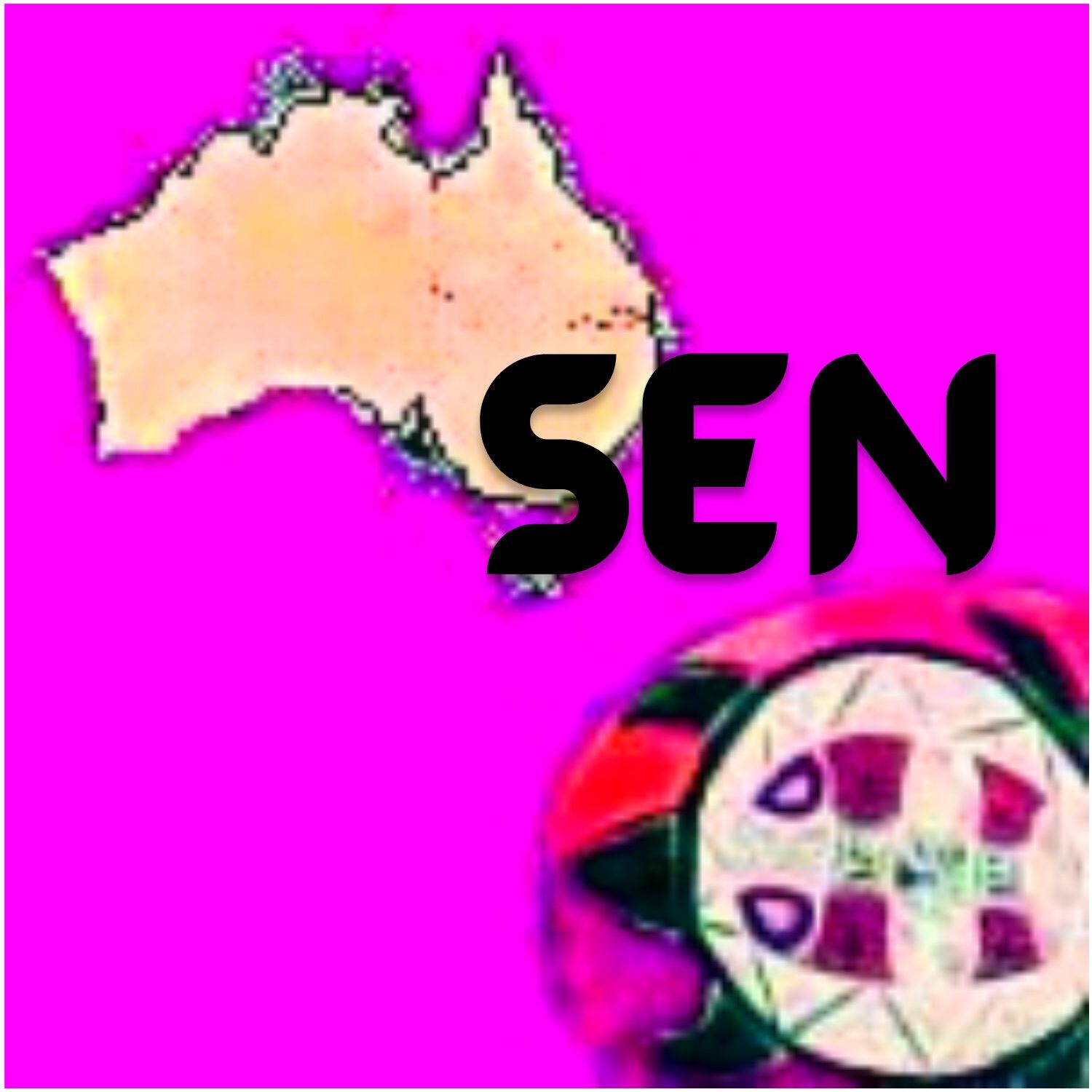 | 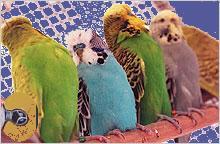 |
|
"Vast, fearfully vast and endless distances stretch out in hills and plains; but without the pleasant and definite character usually imparted to a country by undulating scenery. Not a drop of water flows through these wastes; no clear brook bubbles along the valleys, offering to the hunter and wanderer a fixed and definite course which he can follow as a guide out of these wastes. As the waves of the sea, to which the word of the Almighty has assigned their place, spread out in all directions, so, for hundreds of miles, do the malley-bushes extend over desert salt tracts, upon which even the native blacks dare not venture. Heat, and a fine, salt, sandy dust, threaten to deprive the traveller of his sight... the hot wind which blows from the interior is sufficient to burn up all vegetation of the distant colonies, over which it passes with its withering breath..." This view, from Robin Boyd's The Australian Ugliness (1960): "The Australian bush was made in one of nature's more relaxed, even casual moods. Everything is evergreen, yet this term is often ironic, at least in relation to the ubiqitous gum tree. Certainly the eucalypt is not deciduous, but it is sometimes blue, often olive-grey, and occasionally brown. Measured against a fresh green European ideal, the Australian bush provides a slovenly scene. The grass grows long, ochre, and rank. Most eucalypts are undisciplined in the extreme, their branches straggling wildly with disconnected tufts of leaves... They do not drop their leaves suddenly or predictably, but all through the year in a slummocky way, and are likely at unexpected moments to add to the dry brown mess at their feet a dead branch or length of bark which one of them has discarded, having finished with it. The wattle and the other native trees are almost as indolent in their habits, lounging at drunken angles on the shabby, cracky, threadbare ochre carpet... It is all most unpleasant, measured against the European ideal..." The logical result of this culture shock and the inability to appreciate theAustralian-ness of Australia is that early European settlers tried to exterminate the existing order, and build a new Europe. The project failed, but all over Australia you can see signs of the genocide which was attempted -- English willows growing wild on dry river banks, imported rabbits scurrying through the ochre scrub. The refusal to accept Australia for what it was had another effect, as feminist Germaine Greer has pointed out: after trying to redeem the land and recreate as a new Europe, white colonists retreated to the shores and huddled themselves together in a couple of major cities. The end result: despite its vast empty spaces, Australia is one of the most urban countries in the world, with 85 per cent of its people living in cities. In the next chapter I want to introduce you to the urban Australian experience, and detail the strange Aussie dicotomy of "the city and the bush".
|
| |||||||||